"Source: Institute of Physics, Chinese Academy of Sciences"
Whether table tennis is good or not depends on fate, and some people believe in "making great efforts to make miracles".
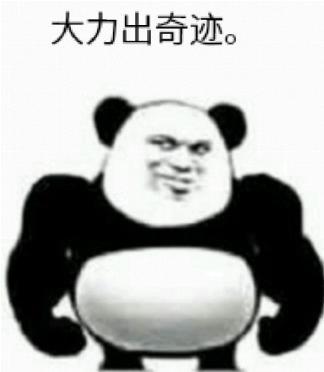
Some people think that through constant practice, they can naturally master those wonderful hitting angles and achieve perfection.
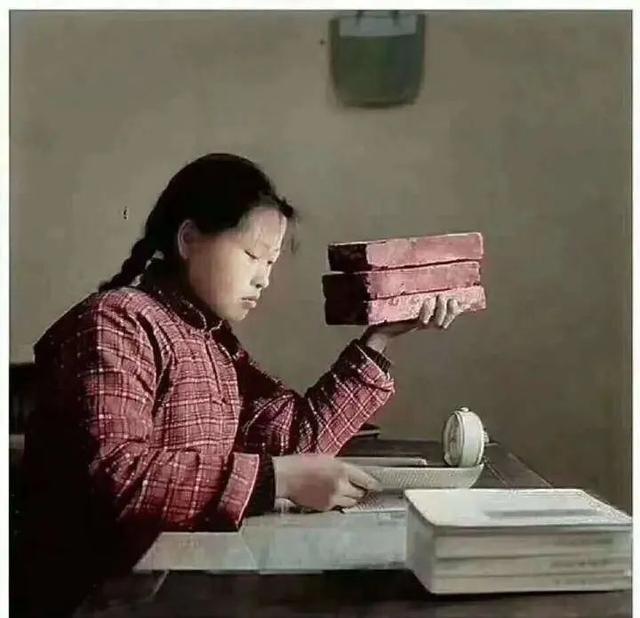
Do you know how hard I work?

But in fact, the way of hitting the ball and the trajectory of the table tennis game contain rich knowledge of mathematics and physics. This knowledge controls the trend of table tennis, and you can also become a master of table tennis by mastering these theoretical knowledge.

Essential knowledge 1: sine theorem
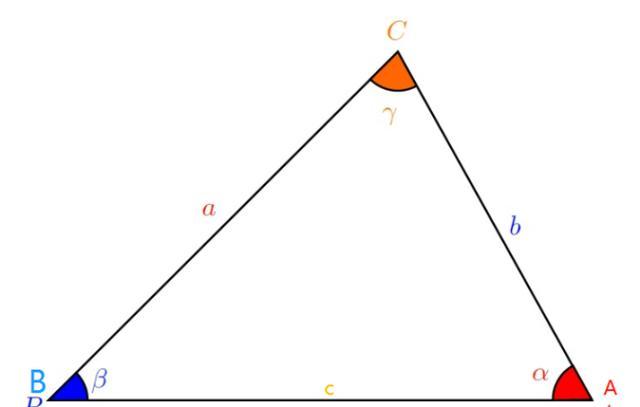
If we regard point A as a white ball, point B as a target ball and point C as a hole, how can we achieve the goal?
At this time, understanding the sine theorem can help you find the best goal plan. The formula of sine theorem is as follows:

In this formula, r is the radius of the circumscribed circle of the plane triangle ABC.

Essential knowledge 2: cosine theorem
Similarly, in any triangle in the above picture, the rational use of cosine theorem formula can also help you find the best scheme to hit the ball B into the hole C with the white ball A.
The cosine theorem is as follows:
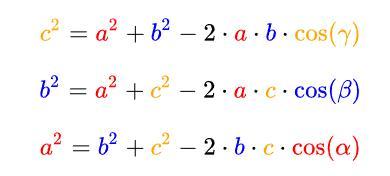

Essential knowledge 3: reflection theorem
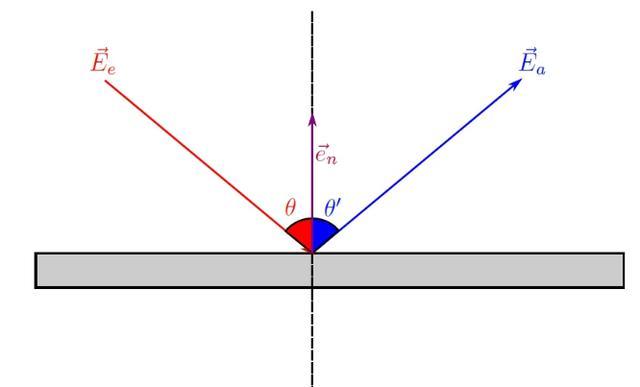
As shown in the above figure, red is the initial motion line of the ball, blue is the reflection line of the ball, the gray rectangle can be regarded as the edge library of the table, and the purple midline is the normal vector in the middle of the interface, so the following hypothetical figure can be obtained:

Through this reflection pattern hypothesis, we can better imagine the trajectory of the ball after hitting the library.

Essential knowledge 4: collision principle
① Frontal collision (completely elastic)
After the collision of two objects, the kinetic energy and momentum of the system are conserved, and there is no additional energy conversion.
The conclusion is:When the two balls have the same mass, the speed of the two balls will be exchanged after a completely elastic ideal frontal collision.
② frontal collision (totally inelastic)
Inelastic collision means that a part of the kinetic energy of objects is converted into internal energy before and after collision, while completely inelastic refers to converting kinetic energy into internal energy as much as possible, that is, two objects move at the same speed together.
③ Actual collision
The actual collision is a mixture of completely elastic and completely inelastic collision. If the velocity of the two balls is defined as V1,1, V2, 1 after a complete elastic collision; Before the collision, the speed of the two balls was V1,0, V2,0, and the recovery coefficient of the resin material used in billiards was k (the recovery coefficient of good materials was k≈1), so there were:

When k=0, it is completely inelastic collision, and when k=1, it is completely elastic collision. For an actual collision problem, the transformation of velocity and internal energy after two balls collide can be expressed by k, which is specifically expressed as:

In addition, it includes image vector decomposition; General situation and special situation of two-dimensional collision; Rigid body dynamics; Rotational inertia and rotational energy: rotational inertia of homogeneous sphere, law of rotation; Friction: a series of necessary knowledge points such as static friction, sliding friction and rolling friction …

Aiming technique
After a long and boring basic theoretical knowledge, you must be a patient and persevering table tennis enthusiast, and you also have the theoretical basis for learning more skills. Then if you want to master the secret of how to hit the ball in actual combat, aiming technology is the main content to be learned next.
I believe everyone understands a truth. When we observe an object, the closer it is to us, the bigger it will look. If it is farther away from us, it will look smaller. In fact, the actual size of the object has not changed. This is the so-called visual effect.
The visual effect will affect our judgment on the size of the cue ball, thus affecting our aiming angle.

So when we aim at close range, we will subjectively think that the ball looks big, while it looks small at a distance.
Then there are two problems that need to be discussed: first, the influence of the cue ball getting bigger on the thickness of the shot; Secondly, how much will the distance between the center of the cue ball and the goal point and the center of the target ball make the cue ball look bigger?
First of all, we will explain the impact of hitting thickness after the cue ball becomes bigger as shown in the above figure, which shows the maximum overlapping thickness of the two balls, the big gray circle is the size of the cue ball after it becomes bigger, the radius is, the small circle is the original size of the cue ball, the red ball is the size of the target ball, the radius is, and the maximum overlapping radius of the small gray circle and the red circle is, so there are:



The second question has the following explanation about the distance between the cue ball and each ball center. As shown in the above figure, D represents the distance between the cue ball and the goal point, and the distance D0 between the cue ball center and the target ball center, and the angles α and β, then the relationship between the variables can be obtained as follows:



Walking technique
Finally, let’s talk about the topic that everyone is most interested in, which is also the advanced skill of table tennis game-walking technique. Walking technology is to control the motion track of the cue ball by hitting different positions of the cue ball.

0:Center pole/fixed pole, ideally, the cue ball will only slide without any rotation.
1:High/heel/topspin, cue ball rotates forward, which has following effect after collision.
2:Low shot/shrinking shot/backspin ball, cue ball rotates backward and travels backward after collision.
3&4:Side plugs, 3 and 4 represent the left and right respectively, and the cue ball rotates to the right and left respectively after the shot, which can change the rebound angle of the cue ball after hitting the library.
5:Left plug, the effect is the superposition of high pole and left plug.
6:Upper right plug, the effect is the superposition of high pole and right plug.
7:Left lower plug, the effect is the superposition of low rod and left plug.
8:Lower right plug, the effect is the superposition of low rod and right plug.
A:Stearns followed, and the distance followed after the cue ball hit the target was shorter than that followed by the high pole.
C:Stern retreats, and the distance that the cue ball retreats after hitting the target is shorter than that of the low pole.
B&D:Stensey, the cue ball changes direction after hitting the target.
By hitting the above position of the cue ball, the corresponding cue ball movement effect can be achieved.
After learning so many high-end knowledge and formulas, let’s get rid of the old concept of "making great efforts to make miracles". Many people always keep the same strength to hit the ball, which is not desirable. The strength of hitting the ball should be changed at any time with different situations. This requires long-term practice to accurately grasp the strength of the shot that should be adopted at different angles.
The above is the explanation of the formula and technology related to this table tennis game. Dear table tennis lovers, remember the formula and practice hard. "Clear the table with one shot" is not a dream!
END
Audit: Zhu Guangsi, member of Beijing Popular Science Writers Association.
Reprinted content only represents the author’s point of view
Does not represent the position of Institute of Physics, Chinese Academy of Sciences.
Source:Tadpole staff
Editor: Garrett
Reporting/feedback
关于作者